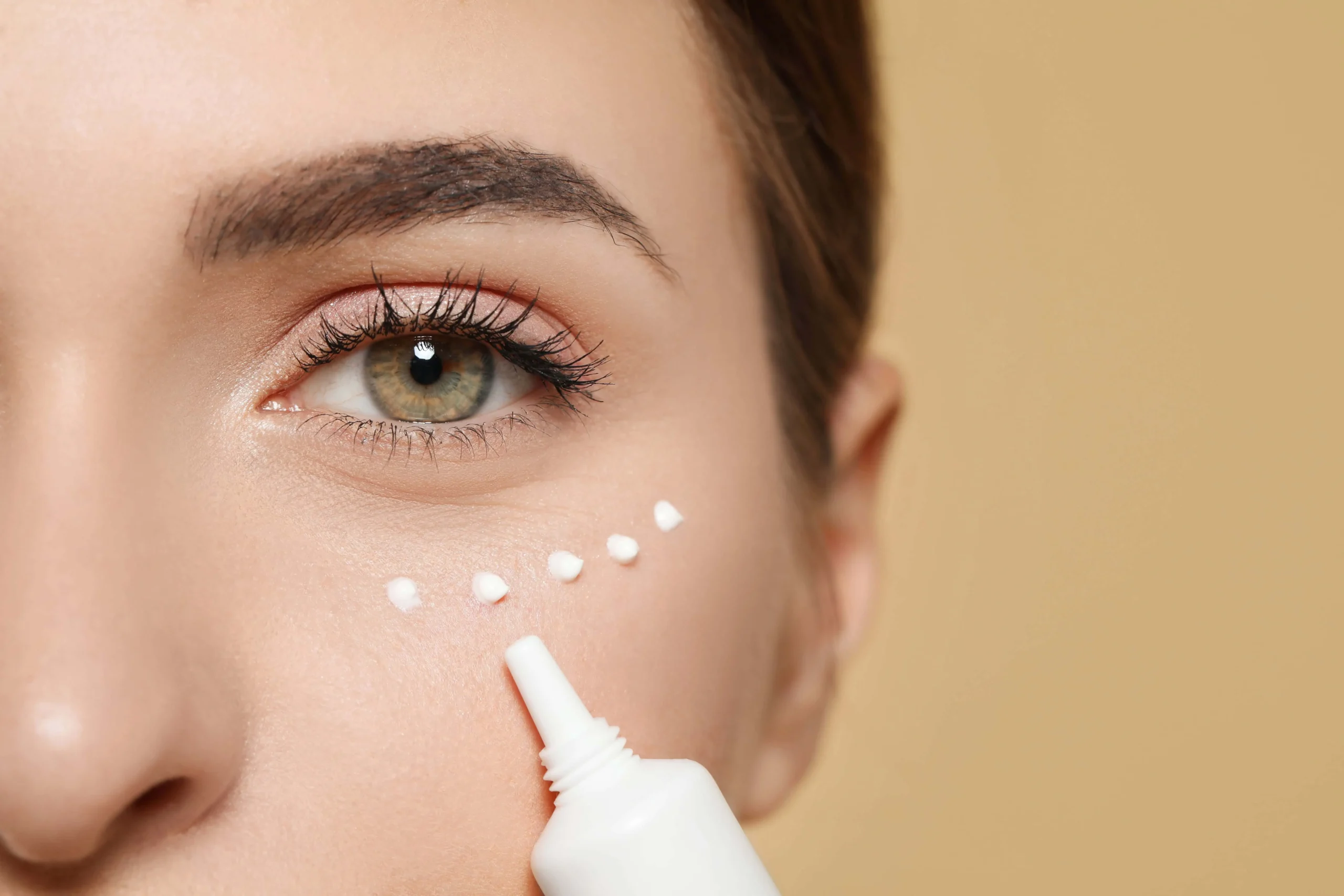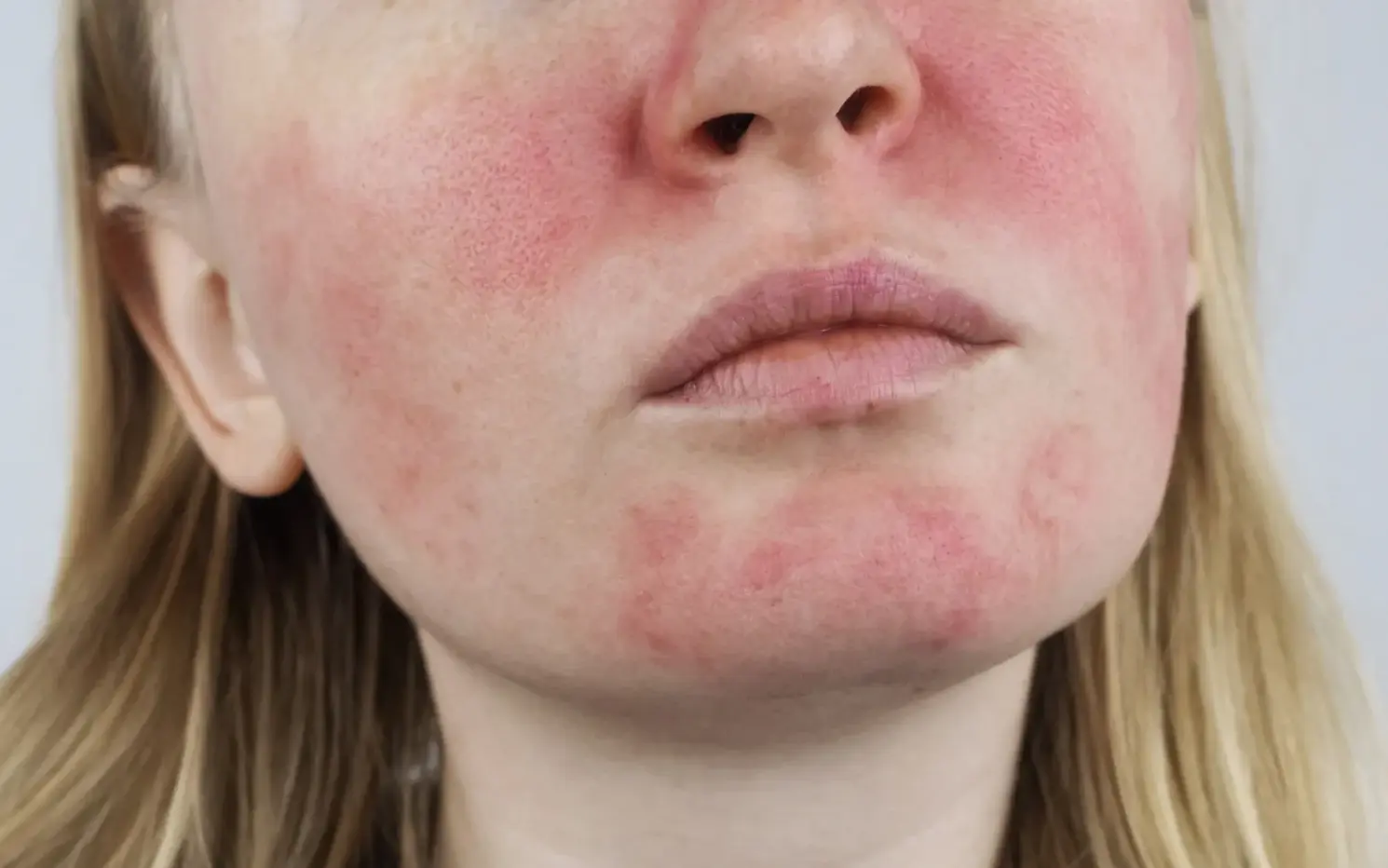What are peptides?
Peptides are seen in various skincare products in the market. They’re infused in moisturizers, eye creams, serums and much more. Peptides sound great, but let’s break down what they are and why they are integrated in so many skincare products.
Peptides are strings of amino acids, which are building blocks of proteins such as collagen. Peptides can therefore stimulate the production of collagen, a protein that gives the skin a boost of strength, elasticity, and firmness. Increased collagen synthesis can help reduce the appearance of fine lines, wrinkles, and sagging skin. This will allow for a reduction of aging, such as wrinkles and loss of skin firmness.
Peptides also have the ability to attract and retain moisture, allowing for hydration of the skin. They can help improve the skin’s barrier function, preventing moisture loss and maintaining a more plump complexion. Peptides are great for skin repair and regeneration as they help with the skin’s ability to naturally heal, enhancing tissue repair. They can be used to accelerate the healing process and reduce inflammation. Peptides even hold antioxidant properties and help in protecting the skin from oxidative stress. We’re constantly exposed to pollution, UV radiation and free radicals that cause the oxidative stress process to occur, resulting in premature aging and sun damage.
How are peptides formulated?
The first step in formulating peptides is identifying peptide sequences intended to provide the desired benefit for the skin. Different peptides provide different results and functions, such as collagen stimulation, antioxidant properties, hydration, and more. Solid-phase peptide synthesis is commonly used to produce peptides in skincare. A solid support (resin) is used to anchor the starting amino acid, and the subsequent amino acids are added one by one, building the peptide chain in the desired sequence. This process is automated in modern peptide synthesizers, making it efficient and reproducible. After assembling a peptide chain, it is cleaved from the resin, resulting in the crude peptide. The crude peptide then undergoes purification to remove any impurities and side-products from the synthesis process. Once the peptide is purified, it undergoes rigorous testing to ensure its identity, purity, and stability. Analytical techniques like high-performance liquid chromatography (HPLC) and mass spectrometry are used to verify the peptide’s structure and purity. There are final testing phases that provide stability of the formulations temperature, exposure to light, exposure to air, etc. Ensuring its safety to be packaged and stored on shelves.
Peptide infused product recommendations?
The Soyier Skin peptide infused eye cream is an incredible, highly advanced formula that targets signs of aging in the under eye. The eye cream is infused with organic ingredients such as plant oil, vitamins and minerals along with peptides. The peptides allow for a collagen reproduction, ensuring anti-aging results under the eyes.





